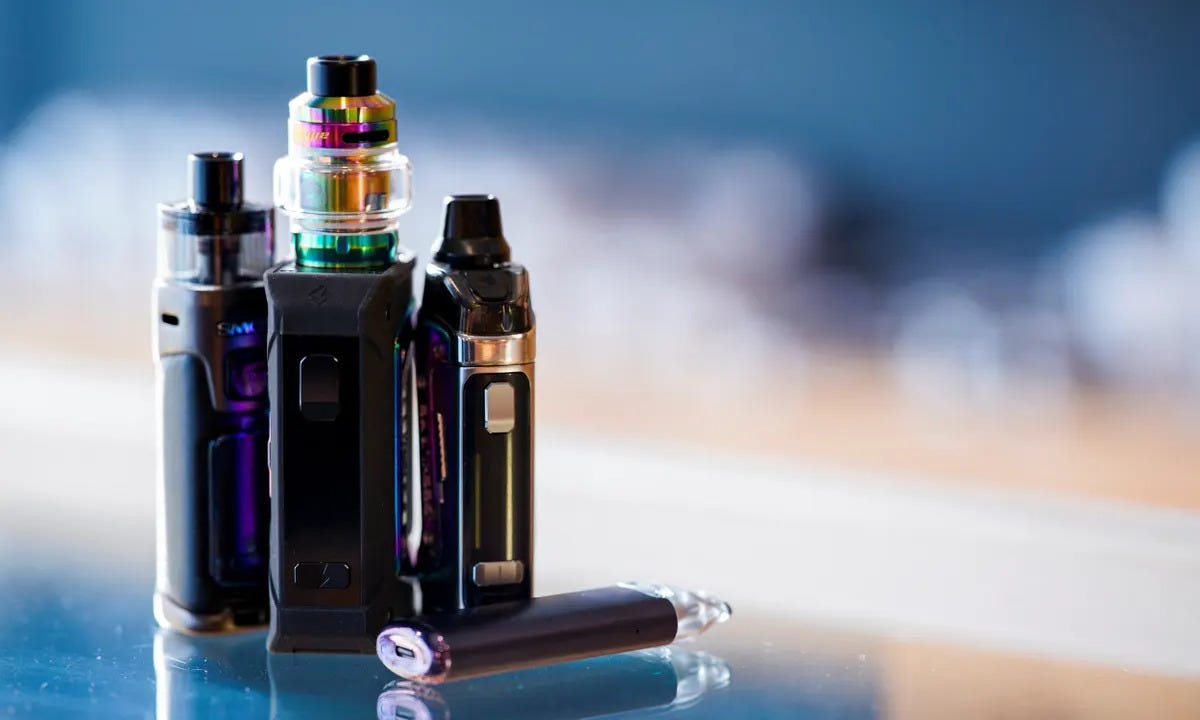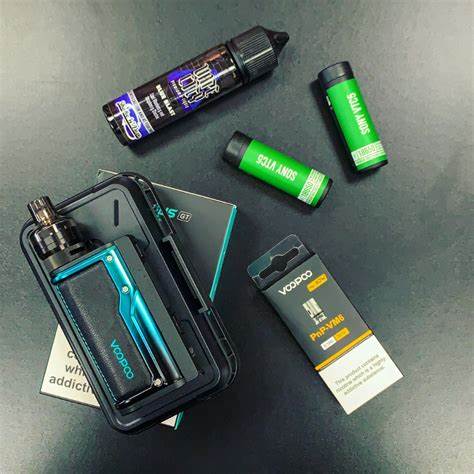Introduction:
The vape shop industry has undergone a remarkable evolution since its inception, shaped by changing consumer preferences, technological advancements, and regulatory challenges. From humble beginnings as small storefronts catering to a niche market, vape shops have transformed into vibrant hubs of innovation and community. In this review, we’ll explore the evolution of the vape shop industry, examining how it has grown and adapted to meet the needs of vapers around the world.
Pioneering the Vaping Movement:
The rise of the vape shop industry can be traced back to the early 2000s, when the first electronic cigarettes hit the market. These devices offered smokers a less harmful alternative to traditional cigarettes, sparking a movement that would revolutionize the way people consume nicotine. Vape shops emerged as pioneers of this movement, providing a dedicated space for enthusiasts to explore new products, share knowledge, and connect with like-minded individuals.
Expansion and Diversification:
As vaping gained popularity, the demand for vape shops grew exponentially, leading to a wave of expansion and diversification within the industry.Vape shop industry evolution began to offer a wider range of products, including e-liquids, vape devices, accessories, and more. Additionally, many shops expanded their services to include vaping lounges, educational workshops, and community events, creating a welcoming and inclusive environment for vapers of all levels.
Technological Advancements:
One of the driving forces behind the evolution of the vape shop industry has been technological advancements in vaping devices and accessories. From basic cigalikes and eGo-style pens to advanced box mods and pod systems, vape shops have continuously adapted to offer the latest and most innovative products to their customers. Additionally, the development of new technologies such as temperature control, variable wattage, and coil materials has further enhanced the vaping experience, providing users with greater control and customization options.
Regulatory Challenges:
Despite its rapid growth and innovation, the vape shop industry has also faced its fair share of regulatory challenges. In recent years, governments around the world have implemented strict regulations on the sale and marketing of vaping products, citing concerns about youth vaping and public health. These regulations have forced many vape shops to adapt their business practices and comply with new restrictions, leading to changes in product offerings, marketing strategies, and age verification procedures.
Adapting to Changing Consumer Preferences:
In the face of regulatory challenges and shifting market trends, vape shops have demonstrated remarkable resilience and adaptability. Many shops have diversified their product offerings to include alternative nicotine delivery products such as nicotine pouches and heat-not-burn devices. Additionally, some shops have embraced the growing interest in CBD and cannabis products, offering a wider range of options to meet the needs of their customers.
Conclusion:
In conclusion, the evolution of the vape shop industry is a testament to the resilience, innovation, and adaptability of its stakeholders. From its humble beginnings as small storefronts to its current status as vibrant hubs of innovation and community, vape shops have played a crucial role in shaping the vaping movement. As the industry continues to evolve, one thing is clear: vape shops will remain at the forefront of innovation, providing vapers around the world with access to the latest products, technology, and community support.



